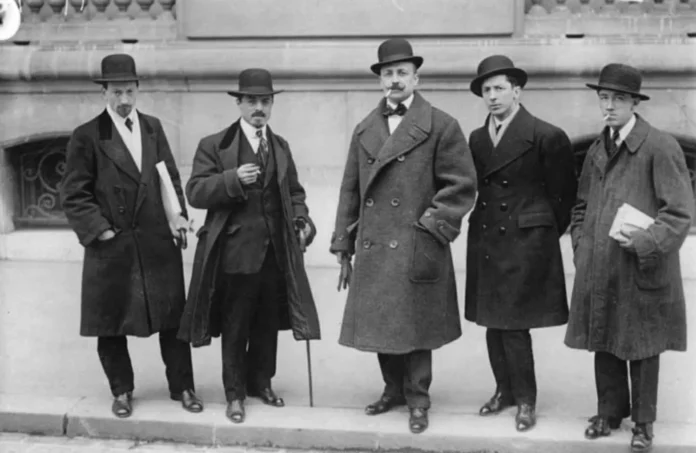Rome, February 20th – Futurism has long passed its century of age. One may wonder what remains of that artistic movement born at the beginning of the 20th century, and whether it still holds relevance in our contemporary world.
Futurism was more than just an artistic movement, it was a cultural phenomenon that sought to break free from the past and embrace progress, change, and the future. It rejected traditional forms of art and glorified modernity, technology, and speed. Futurism was a rebellion against the established norms, a celebration of youth, and a call to action.
Despite its revolutionary nature, futurism had a short lifespan and eventually faded away, leaving behind a legacy that continues to influence and inspire artists to this day. But what exactly is this legacy? Does futurism still have something to offer to our society?
First and foremost, futurism was a movement that challenged the status quo and pushed boundaries. It encouraged artists to think outside the box and experiment with new techniques and styles. This spirit of innovation and creativity is still relevant and necessary in today’s society, where we are constantly bombarded with information and trends. Futurism reminds us to break free from the familiar and embrace change and progress.
Moreover, futurism’s fascination with technology and the machine age is more relevant than ever in our modern world. Technology has advanced at an unprecedented pace, and futurism’s obsession with machines and speed seems almost prophetic. Futurism’s emphasis on the machine as a symbol of progress and man’s control over nature is still a relevant topic in our current debates on the impact of technology on our lives and the future.
Furthermore, futurism’s exaltation of youth and energy is still a crucial aspect of our society. In a world where youth is often associated with superficiality and recklessness, futurism reminds us that youth is the driving force of progress and change. It celebrates the vigor and vitality of the younger generations, and urges them to take an active role in shaping their own future.
But perhaps the most significant legacy of futurism is its message of cultural dynamism and internationalism. Futurism was born in Italy but quickly spread to other countries, becoming a global movement that transcended national borders. Its rejection of traditional forms of art and its embrace of modernity and the future made it a universal language that could be understood and appreciated by people all over the world. This message is still relevant today, in a world that is becoming increasingly interconnected and globalized.
In conclusion, futurism may have passed its centenary, but its legacy lives on today. Its revolutionary spirit, its fascination with technology and speed, its celebration of youth and energy, and its message of cultural dynamism and internationalism are all still relevant and necessary in our constantly evolving society. The futurist movement may have died, but its ideals and values are alive and thriving, inspiring and motivating us to embrace the future with open arms. So, let us raise our glasses and toast to futurism, for it may be dead, but its spirit lives on.

